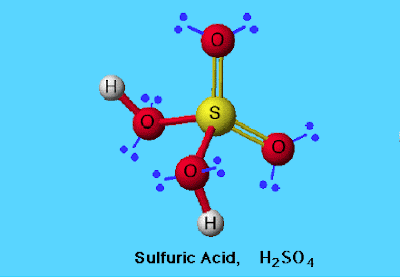Melting Sulfur in the Production of Sulfuric Acid

Melting Sulfur Sulfur Ore Sulfur Melting is the first step of the production of sulfuric acid . Sulfur Actually, most of the elemental sulfur used for the production of sulfuric acid is a by-product of natural gas and petroleum refining. These by-products contain mainly 99.9% sulfur. The main impurity is carbon from natural gas or petroleum. Sulfur melting point is 115-120 0 C, depending on the crystal structure. It is melted with pressurized steam pipes easily. Viscosity The main features of the sulfur viscosity could be explained as follows: (i) minimum viscosity is at 160 0 C (ii) 10,000-fold viscosity increase just above 160 0 C. Sulfur burners, the second step of the production of sulfuric acid, are fed with 140 0 C molten sulfur, near the viscosity minimum, under the steep viscosity increase. Sulfur temperature is maintained by circulating 150 0 C steam through steam pipes around molten sulfur storage tanks and all m
